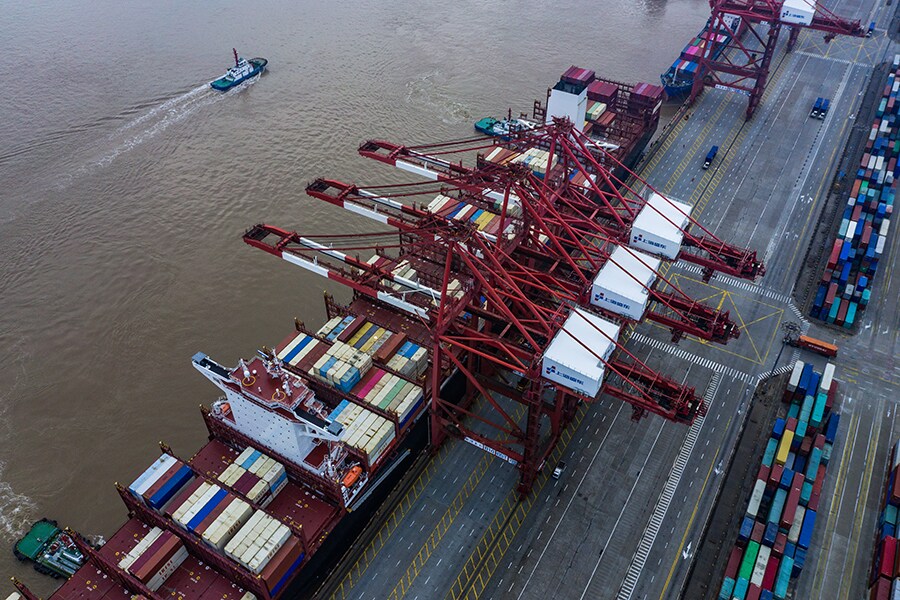
It's official: Global trade is deteriorating, sapping the world's economy
The latest sign arrived Tuesday morning, as the World Trade Organization slashed its forecast for trade growth for this year and next
 The Yangshan Port outside Shanghai, China, May 27, 2019. Growth in global trade is slowing dramatically as the world economy weakens and as the United States and China escalate their trade war.
The Yangshan Port outside Shanghai, China, May 27, 2019. Growth in global trade is slowing dramatically as the world economy weakens and as the United States and China escalate their trade war. Image: Lam Yik Fei/The New York Times
LONDON — As President Donald Trump intensifies his trade war with China, and as factories slow in major industrial nations, world commerce is deteriorating rapidly, a perilous development that threatens the health of the global economy.
A global recession remains unlikely, even as growth slows, most economists say. But the dangers are clearly mounting, threatening to spread from the factory floor to households in many major economies.
The latest sign arrived Tuesday morning, as the World Trade Organization slashed its forecast for trade growth for this year and next.
World trade in merchandise is now expected to expand by only 1.2% during 2019, in what would be the weakest year since 2009, when it plunged by nearly 13% in the midst of the worst global financial crisis since the Great Depression. Only six months ago, the organization was forecasting more than double that pace of growth, a 2.6% expansion in merchandise trade.
The WTO warned that intensifying trade conflicts posed a direct threat to jobs and livelihoods, while discouraging companies from expanding and innovating.
Both the United States and China — the world’s two largest economies — have seen a pronounced cooling in commercial activity in recent months, a trend exacerbated by the tariffs they have imposed on each other’s exports, raising costs for businesses and consumers and discouraging investment.
©2019 New York Times News Service














